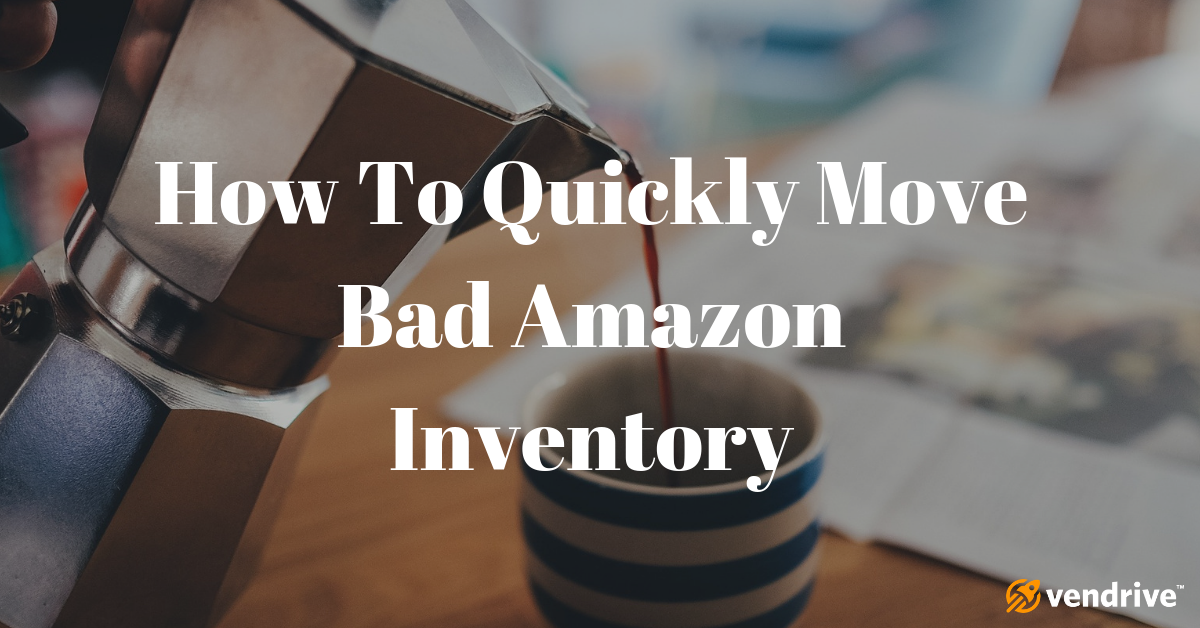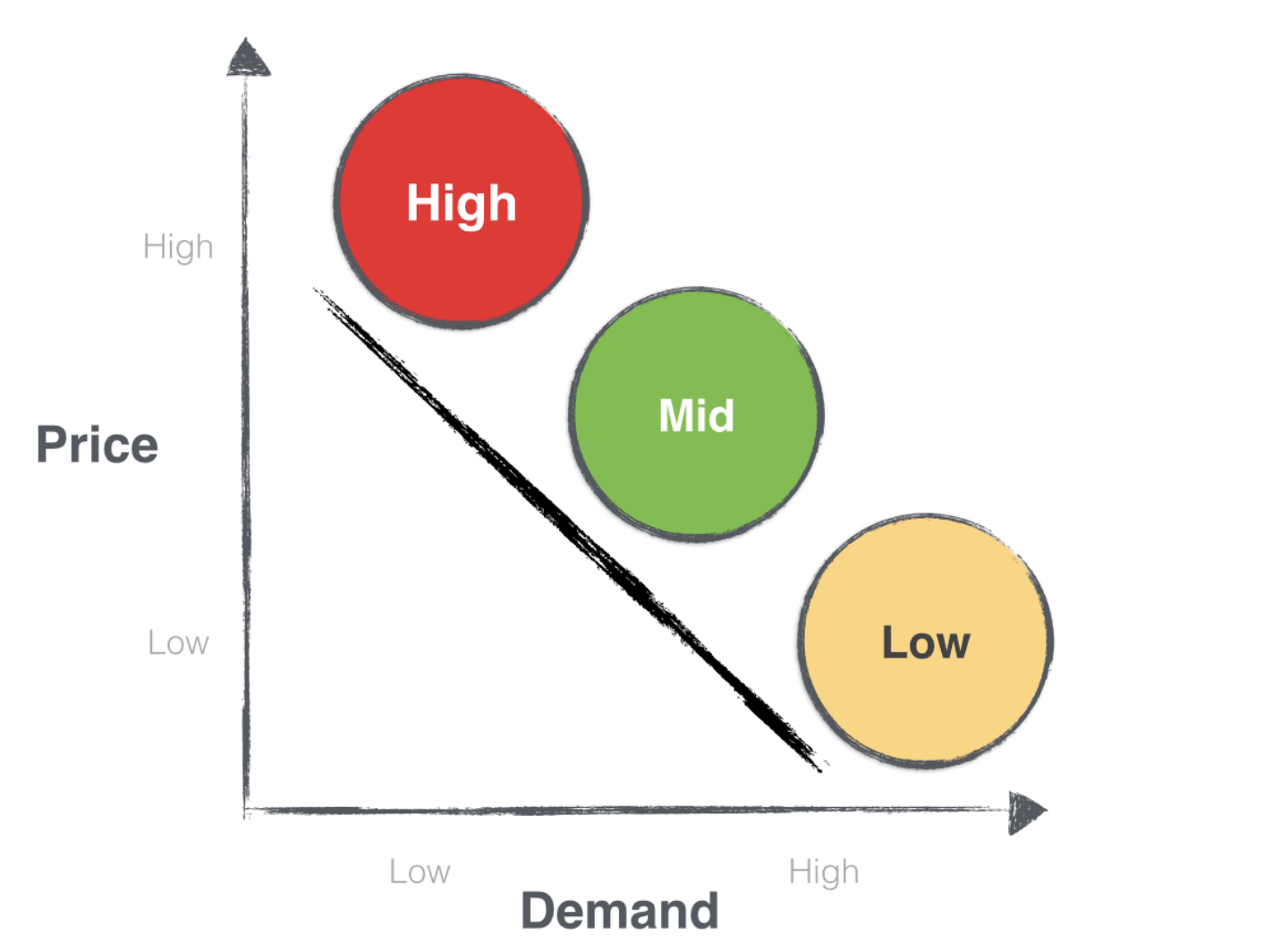
You sit down at your desk, open your computer and log into your Seller Central account. More sales are flowing through and everything is looking as it should, but then something catches your eye – that new product hasn’t sold any units….
But it was checked in a full week ago.
Why on earth isn’t it moving?! You double check your initial analysis and the numbers look great. Regardless of what went wrong, bad Amazon inventory isn’t profitable.
It’s like throwing snowy mud beneath a car trying to get somewhere.
You realize the best solution for this failed product is to get rid of it, but how you think to yourself as you pour your second cup of coffee gearing up for what were you think is going to be a very interesting day.
What you may not realize – like most of us in this kind of situation – is that it’s really not as big of a deal as possible.
Typically, when fear or panic sets in, it isn’t because of the situation but because of our lack of knowledge of potential solutions.
By the end of this post, you’ll have enough knowledge to quickly solve for the above problem you won’t even take a second look. Just a quick thought and implementing a simple solution.
Option #1 – Drop/Raise Price (quick solution to moving bad Amazon inventory)
Basic economics states that as price decreases demand will increase and vice-versa.
So if your inventory simply isn’t moving for any number of reasons, lower the price until it states moving quickly enough for you to get all of your investment back to respend on better – actually moving – inventory.

Likewise, you can even test raising your price on specific products with very little competition as this can trigger Amazon’s repricing algorithm and shift some sales in your direction, although I wouldn’t count on this as much.
Lowering your price to even break even is the simplest solution if at all possible. Sometimes – due to MAP (Minimum Advertising Price) policies you can’t lower your price.
That’s where Option #2 comes into play.
Option #2 – Running PPC to bad inventory (a personal favorite)
Wait, you want me to spend money to break even? Yep. Why? With MAP policies in place, this can be the best solution to drive sales for minimal cost and still break even.
Even better, you may find you can profitably run PPC ads to your bad Amazon inventory. Imagine turning a stuck listing from 0 in sales to profitable by running simple Amazon PPC campaigns.
The reason this option is a personal favorite is that I still have the opportunity to make money from that stale inventory, rather than breaking even and just getting my money back.
Worst, I still break even. So Option #2 is like Option #1 but much, much better in my humble opinion.
Option #3 – Send it back to the supplier for a percentage of what you paid (not preferable)
Some suppliers will allow you to send back your inventory but at a loss. Because it’s a guaranteed loss, this option isn’t preferable unless both Option #1 and Option #2 above aren’t feasible for the specific product you’re trying to move.
This also isn’t always an option as it’s up to each supplier to decide if they offer this to their buyers, so it’s important to know the policies of each of your suppliers in case of situations like the one you may find yourself in while reading this blog post
Option #4 – Worst Case – liquidate and move on (last resort)
Options 1-3 above either aren’t choices in your situation or didn’t work? Tough luck, it’s time to liquidate and move on.
You have a few options when it comes to liquidation – you can simply tell Amazon to liquidate for you and get hardly anything for your inventory or you can turn to another site like eBay for sales and just move the bad Amazon inventory as quickly as possible.
Personally, I look at sites like eBay to see where prices are at and consider if it’s worth the time and effort. If I invested quite a bit of capital into the inventory, I’m more willing to make it work and save the capital.
If a small amount and it’s under 12 units, typically I don’t even want to deal with it and will just liquidate.
If you’ve read our wholesale sourcing blog post you’ll remember that we suggest you always order a small test order before going all in. By doing so you’ll rarely have to deal with this issue.
Would you rather take a loss on 12 units for something you missed or 50+ units?
The difference between losing a few hundred dollars and losing thousands is the size of your order.
Now you have a solid 4 options that anyone can take advantage of if they’re stuck with stale or bad Amazon inventory and need to get rid of it fast.






About The Author: Dillon Carter
Hi, with James, we're building Amazon tools that we wish we had when starting our own companies. We love tech, coffee, building systems and all things Amazon.
More posts by Dillon Carter